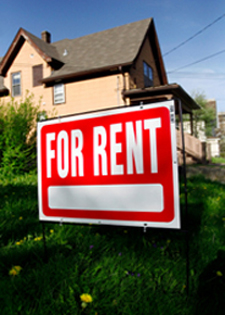During the most recent housing crisis, 6.5 percent of homes built prior to 2000 and 10.3 percent of homes built in the 1990s, shifted from owner-occupied to rentals, a study from the Research Institute for Housing America (RIHA) said.

“Homes transition quite frequently, with rising prices shifting rental units into the owner-occupied sector and falling prices having the opposite effect,” Stuart Rosenthal, Maxwell Advisory Board professor of economics at Syracuse University and author of the study, said. “In fact, over a decade, roughly 2 percent of the housing stock moves from owner to rental occupancy.”
The study also showed that housing stock is more likely to move from owner-occupied to rental when the owner’s mortgage is underwater. The shift to rental is 1 to 2 percent higher for homes slightly underwater, and 6 to 8 percentage points higher for homes that are deep underwater.
“This paper looks back historically to help understand how common such shifts have been and finds that the factors affecting the rate of change are quite similar over time,” Lynn Fisher, executive director of RIHA and the Mortgage Bankers Association’s vice president of research and economics, said. “Also, it’s important to understand the dynamics of the existing housing stock, because they help explain how the market provides affordable housing, and how it adjusts in the face of changes in both supply and demand. This is especially true today, when new homes are adding such a small fraction to the existing home stock.”
The study says the shift from owner-occupied to rental during the most recent crisis may delay the recovery of new housing construction until the rented homes become owner-occupied again.
“This may help to explain why new home construction in 2016 remains far below previous levels even though home prices at the national level have regained their 2006 peak,” Rosenthal said.